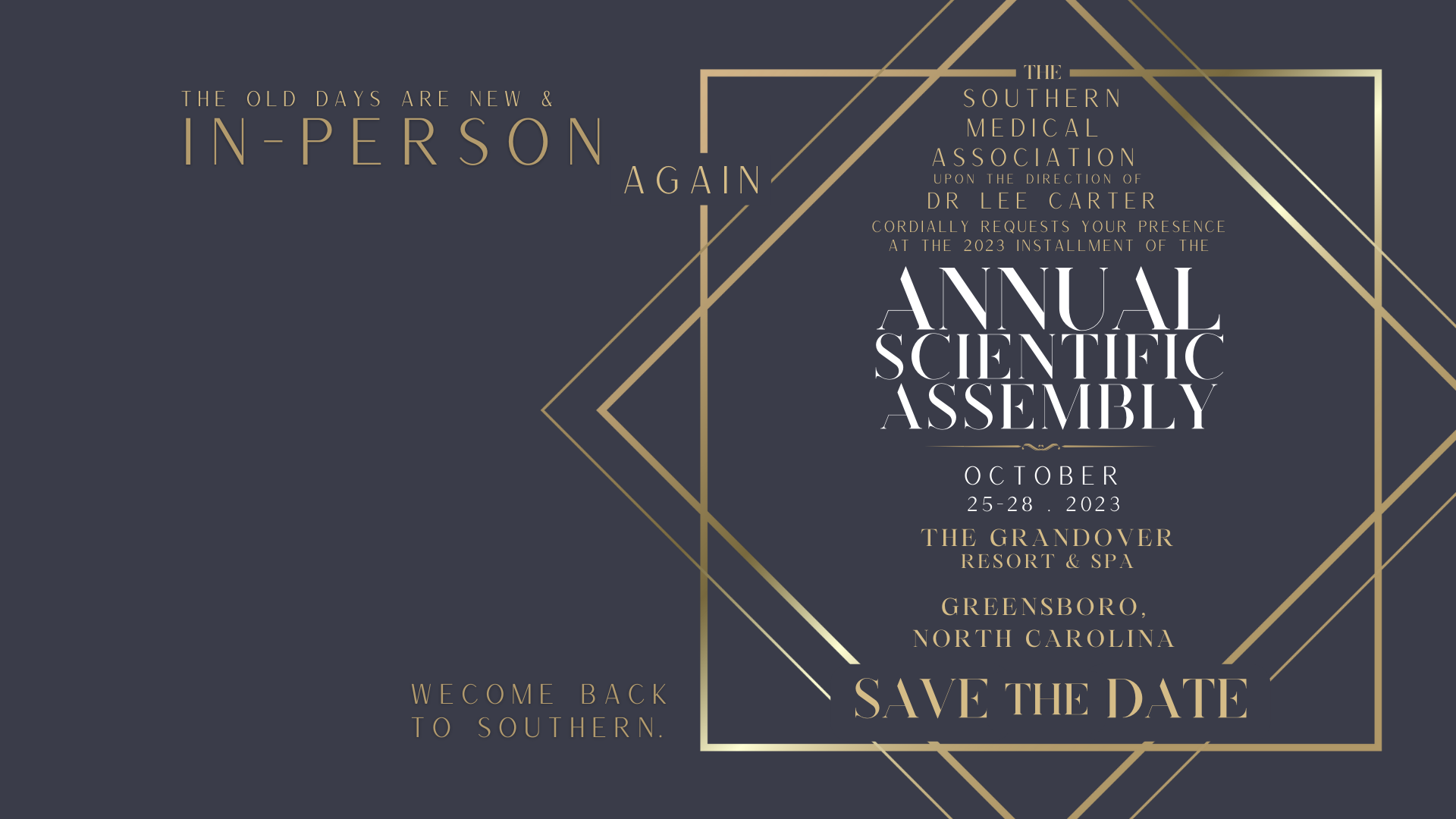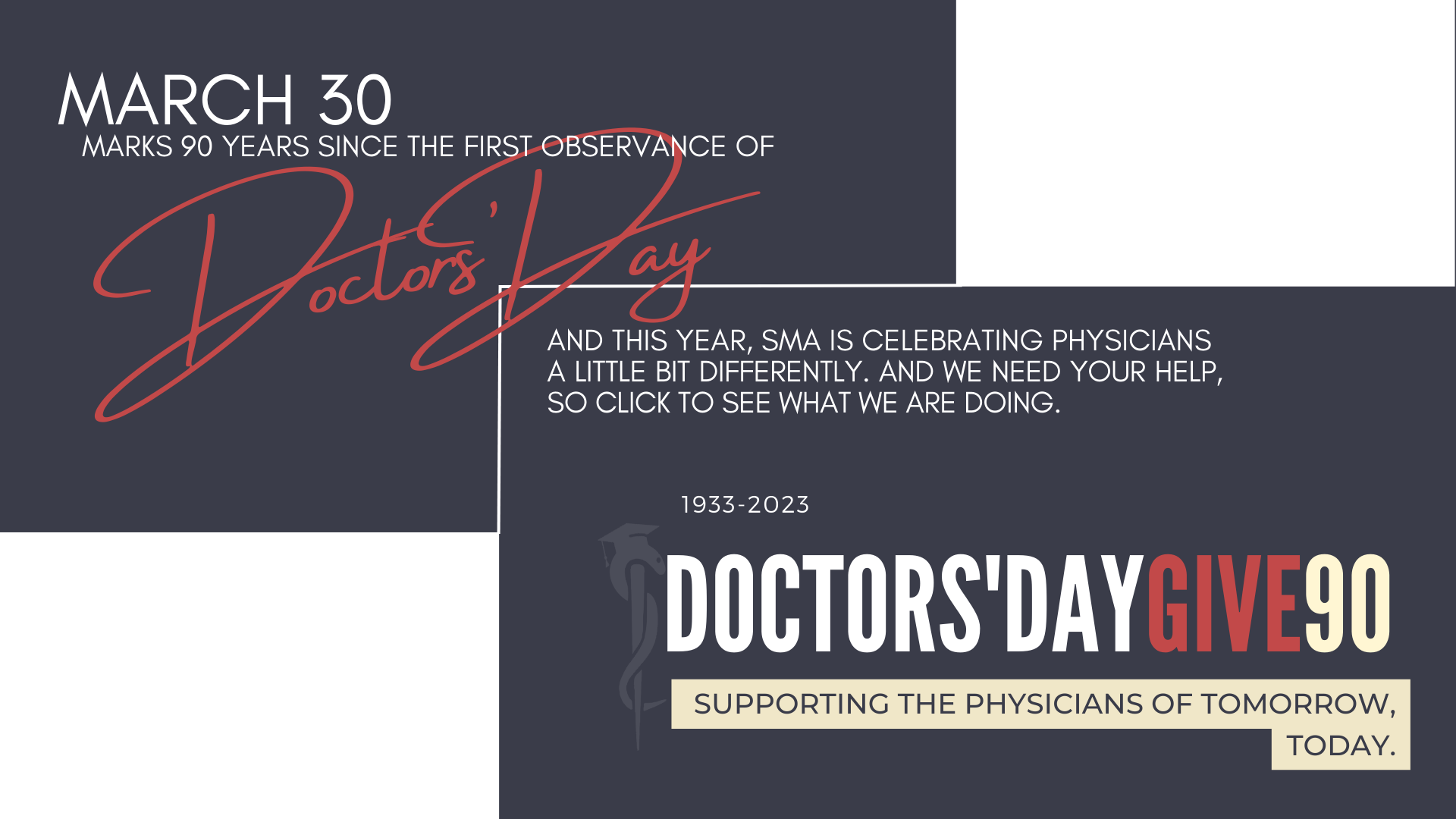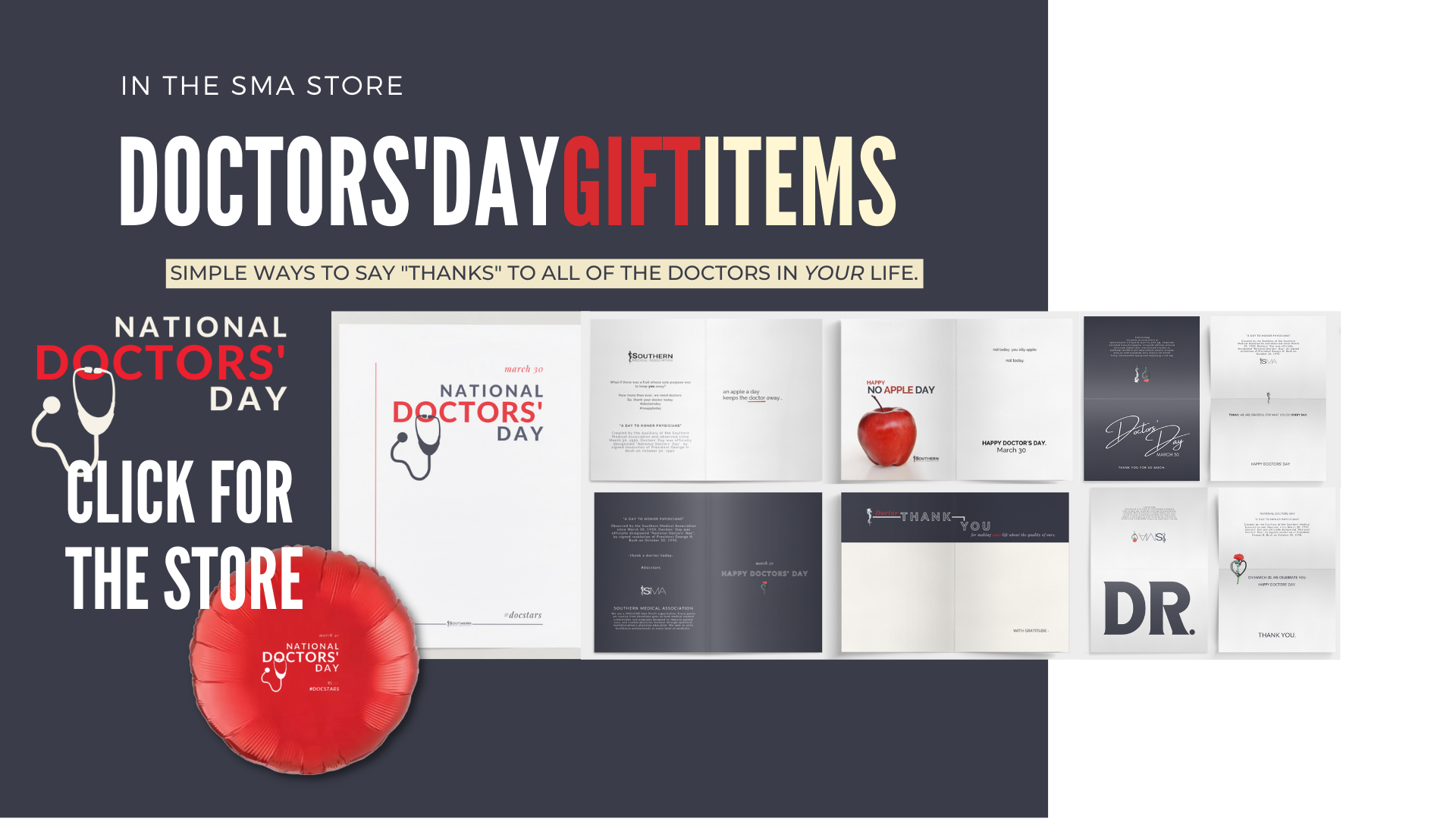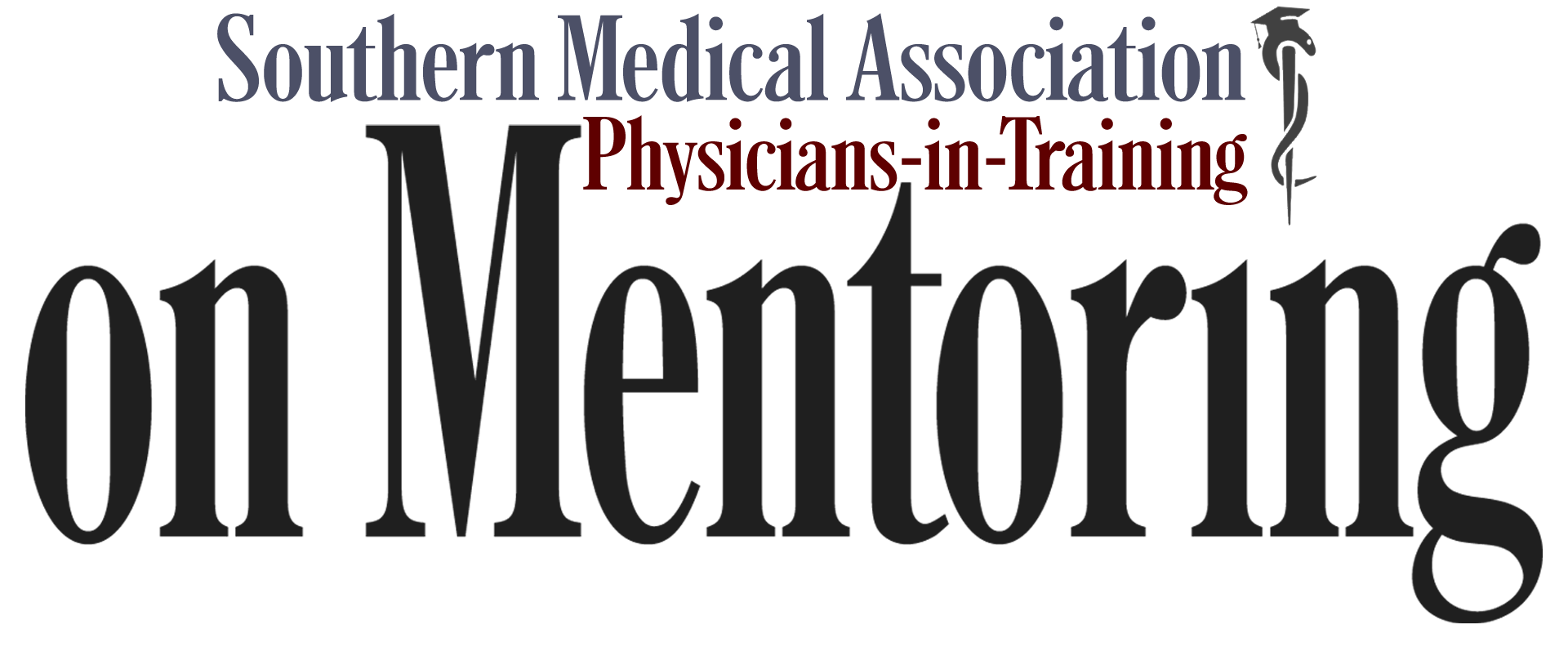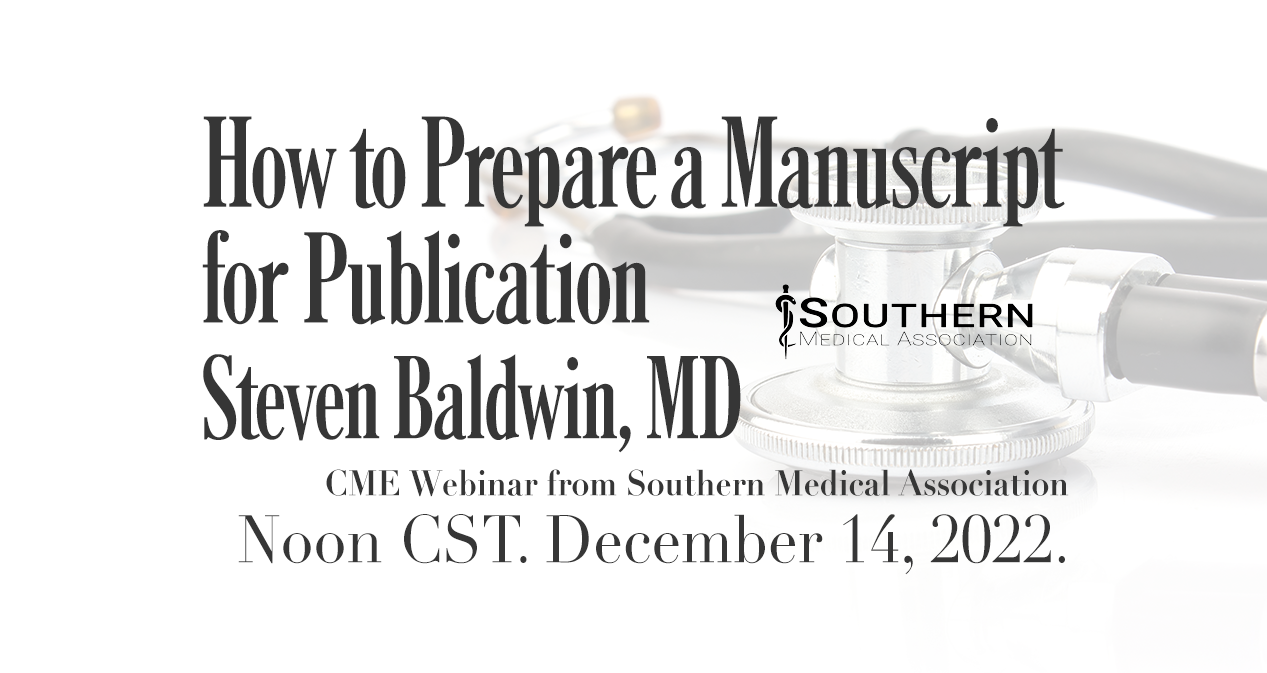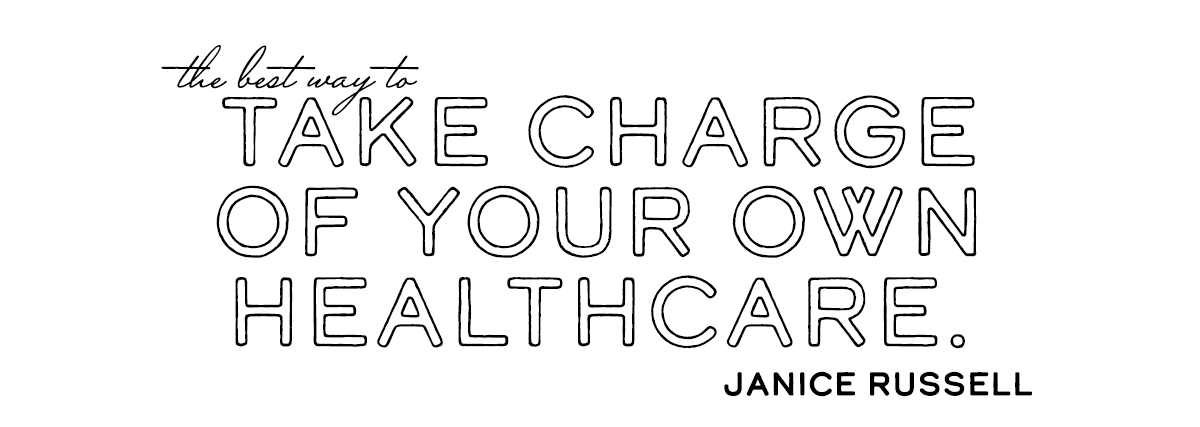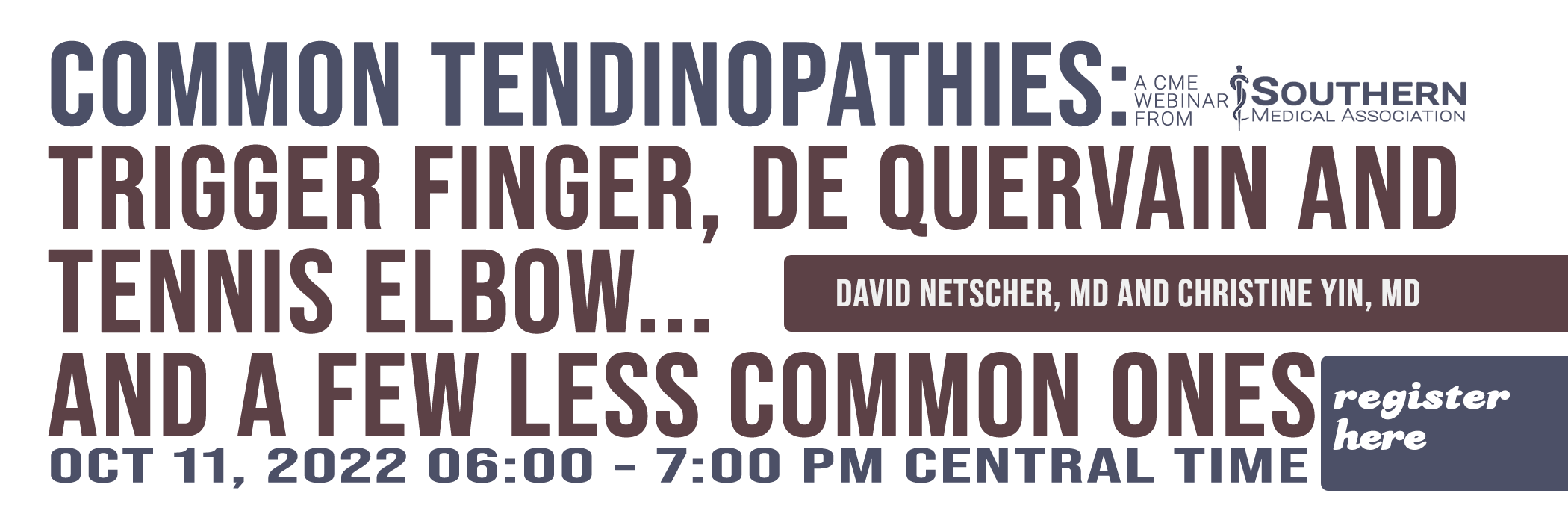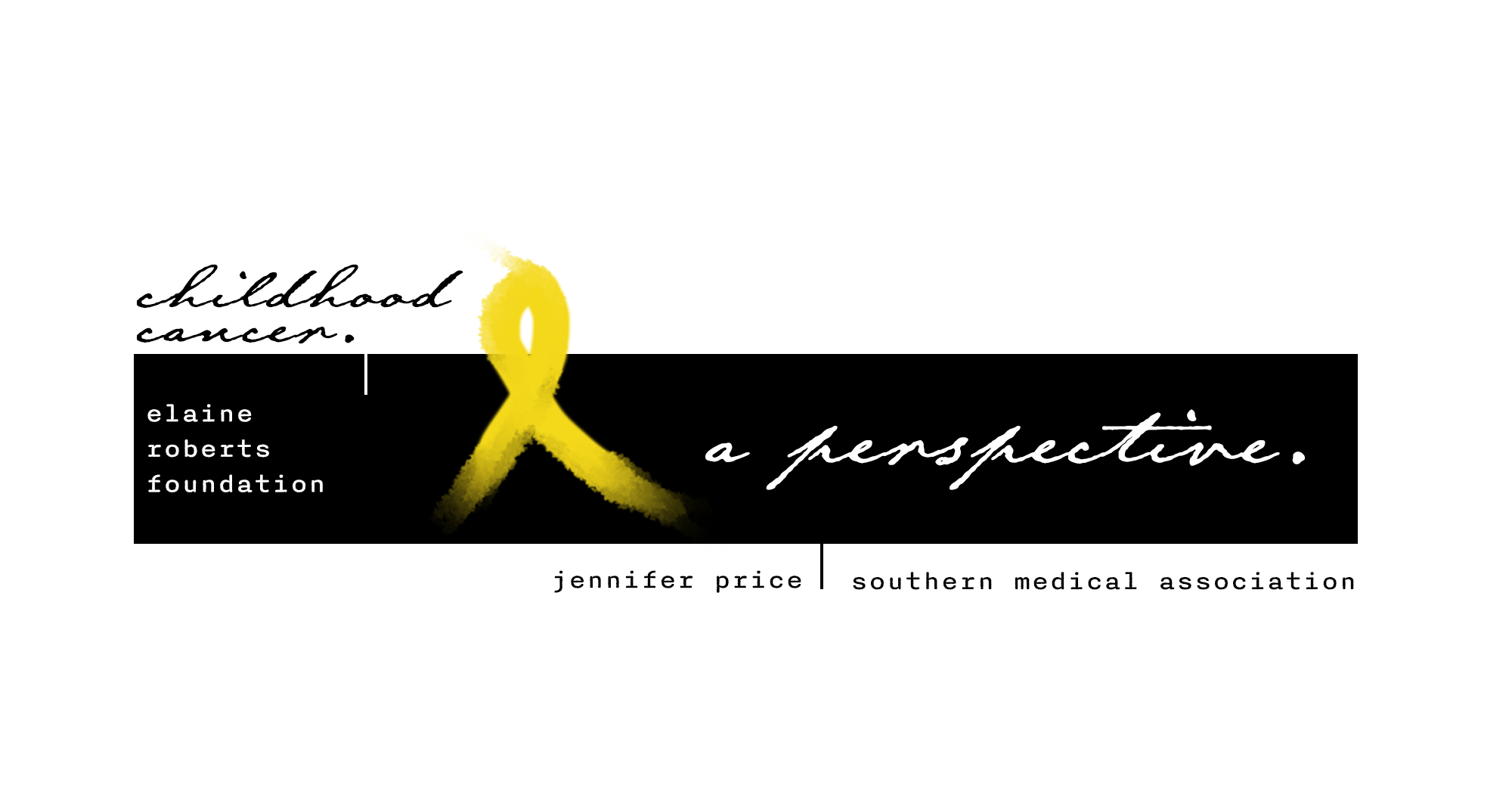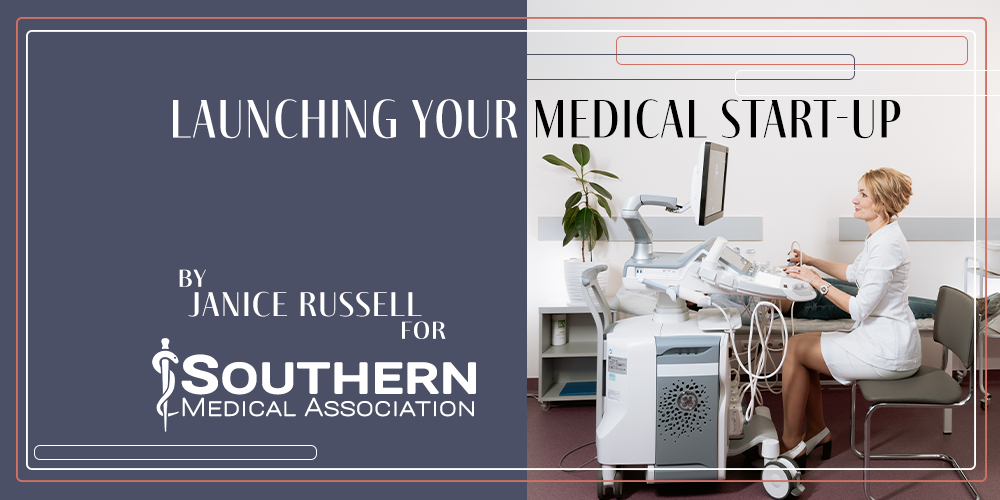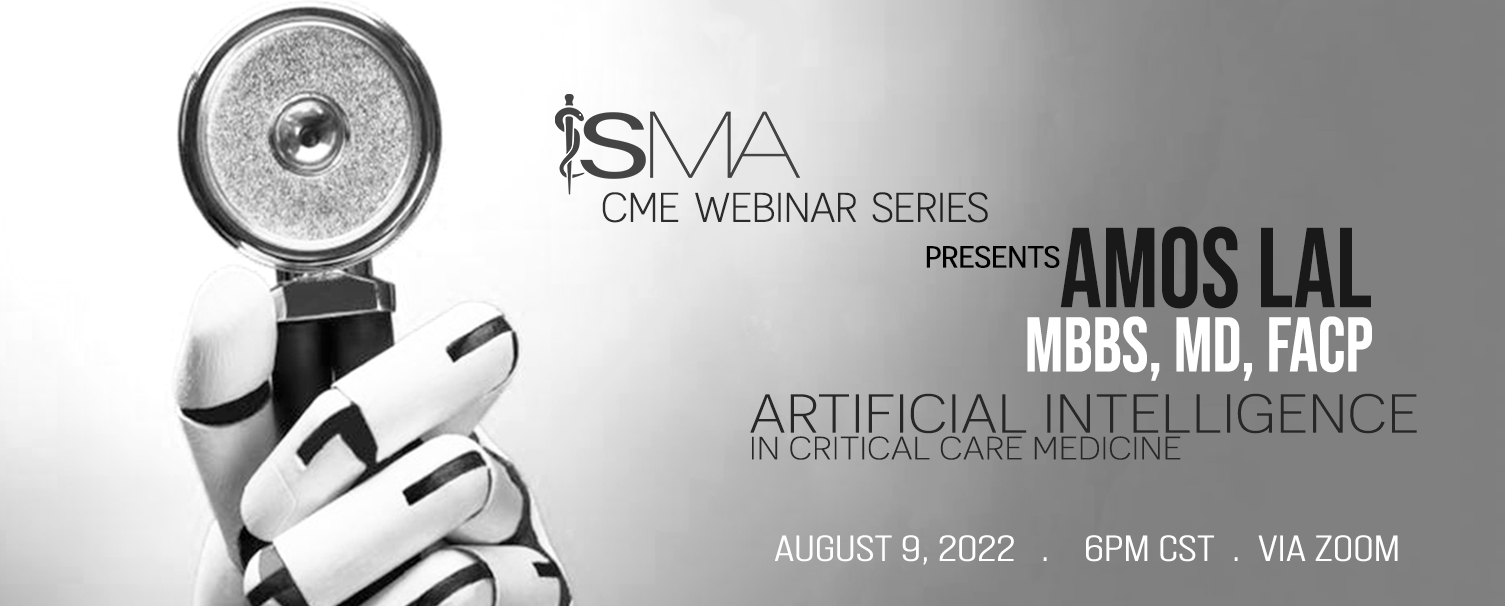Five months ago, I walked into the SMA offices with little-to-no clue of what I had just committed myself to. All I really knew was that the extensive interview process confirmed one thing: that I was going to genuinely enjoy working with these people.
The number of things I didn't know about this new venture, however...well, that number is not worth speculating on.
And so began my quest to direct, err, redirect the marketing of an organization that had not only been around for 116 years, but was (both, then and now) made up of physicians, medical professionals, scientists, etc. Translation: thousands of people with more education, more intellect and more value and responsibility to society than I could ever claim.
(For the sake of time, I will skip ahead to that pivotal moment when I realized that there was a second thing that I knew.)
I think it was on day 12. There were 8-10 new self-developed marketing concepts/directions in front of me. They all had color palettes, logos, brand framework, taglines, targets and multiple measurable outreach methods. I believed in every one of them, but I was continually bogged down by the multitude of facets that made up our storied Association. So, in an effort to potentially shift my perspective, I exited my office, walked over to a pile of moving boxes on a cart shoved into one of the unoccupied cubicles, and I opened it up. I opened it up in search of some kind of historical SMA sign miraculously unveiling a clear direction.
Instead, all I found were old programs from decades of SMA Annual Scientific Assemblies; all emitting that familiar aroma reminiscent of that storage closet in that normally unused room at your grandparents house. You know, the closet that was reserved for Christmas decorations, out-of-style-and-season clothes, an uncomfortably large doll and some chairs with busted caning. Outta sight. Outta mind.
But, I digress.
I will admit, it was somewhat eye-opening to see the growth of SMA in direct correlation to the size of these bound programs, which went all the way back to 1910. With every passing year, the agenda, the attendance and the physical program got bigger, thicker and more descriptive. SMA was growing. It was thriving. Physicians all over the south were joining the Association, and once a year, they were coming together to connect, learn, teach and grow the Family of Medicine.
As I got to the 1950s, the 60s, the 70s and into the 80s, these Scientific Assembly "programs" looked more like event and entertainment guides than they did "assembly curriculum". It was clear that all of the scientific content remained the underlying necessity of attendance, but that's not why they journeyed every year to a different location in the region. They did it for the relationships. The face-to-face relationships with their fellow members and spouses of the Family of Medicine.
Then came the technological revolution of the 90s. Along with it came alternative connection opportunities. As technology emerged, those programs I was looking through...well, they responded accordingly. Getting thinner, less interesting, less attended with every passing year. (Disclaimer: it goes without saying that this in-person decline was not specific to SMA.)
Which brings us to today, and in turn, brought me to that second thing I know; and what I believe will be the SMA story.
Relationships. Physicians connected to one another. Regardless of specialty. Regardless of age or experience. No matter where you are in your journey as a medical professional, you have experiences, knowledge, insight, successes and failures that could impact someone in the Family of Medicine. When you impact a member of this family, your impact far exceeds that one individual. It may impact the course of their career. It may impact the methods in which they practice. It may impact the way they diagnose or treat a particular disease or health issue. It may even impact the course of Science.
As a physician, never underestimate the impact you can have on the next generation of MDs and DOs, and ultimately, on the Mission of SMA. You were where we started and how we continue.
If you are already Associated, we would love for you to contribute by being involved as a Mentor to our growing number of Physicians-in-Training. Or, maybe you want to teach...we'll give you the platform to host a podcast or CME webinar. If you are at a point in your career that allows you to support us through financial contribution, you can rest assured that every penny will go towards Improving the Quality of Patient Care Through Education. Your investment can be used however you choose.
If you aren't Associated, we'd love an opportunity to share with you the tangible and intangible value that your Association with us will have. Just email me at ringram@sma.org if you want to know more.
The Southern Medical Association is our people. Our people are leaders. Our people are mission-minded. Our people are relationship-driven. Our people are generous. Our people are grateful. Our people are mindful of the blessings of the present and hopeful for what the future holds. Our people love their home and all who enter. Our people are family.
Our people are Southern.
--------------------------------------------
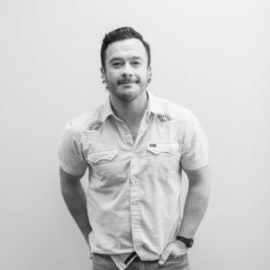
SMA Marketing Director, Rob Ingram, is from Huntsville, AL and a business school graduate of Samford University. He currently lives in Hoover, AL with his wife, Wynter and 5 kids.





